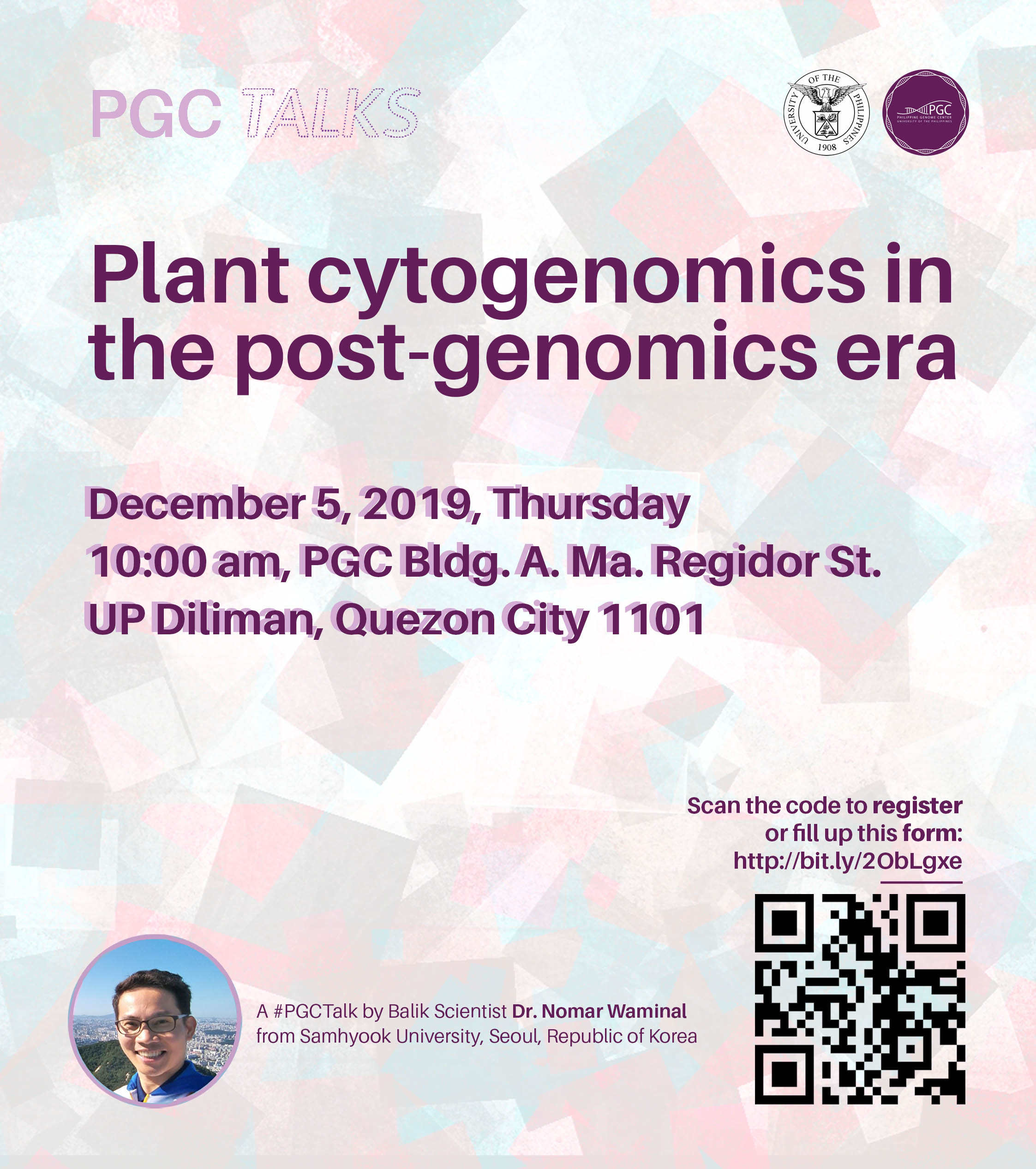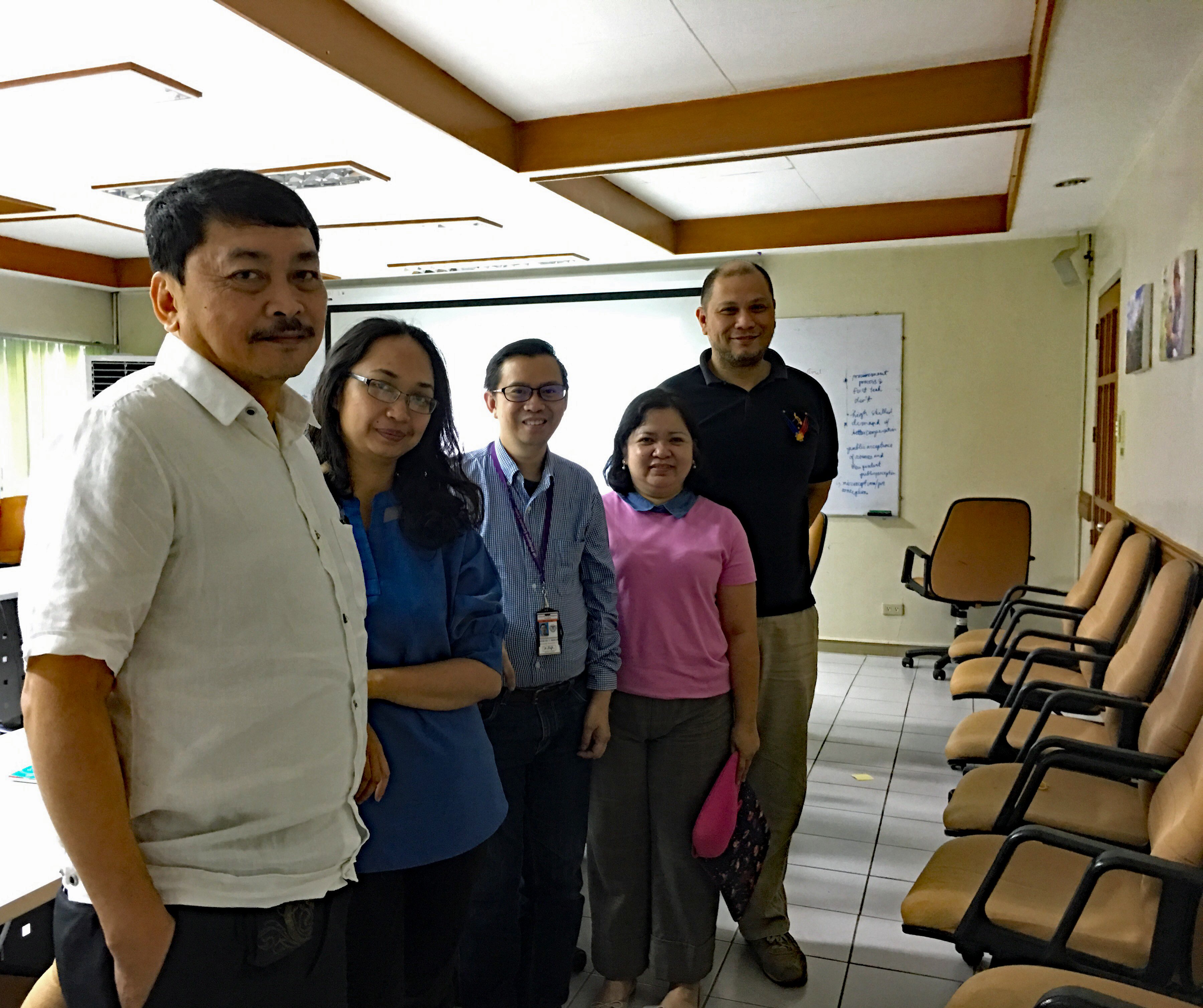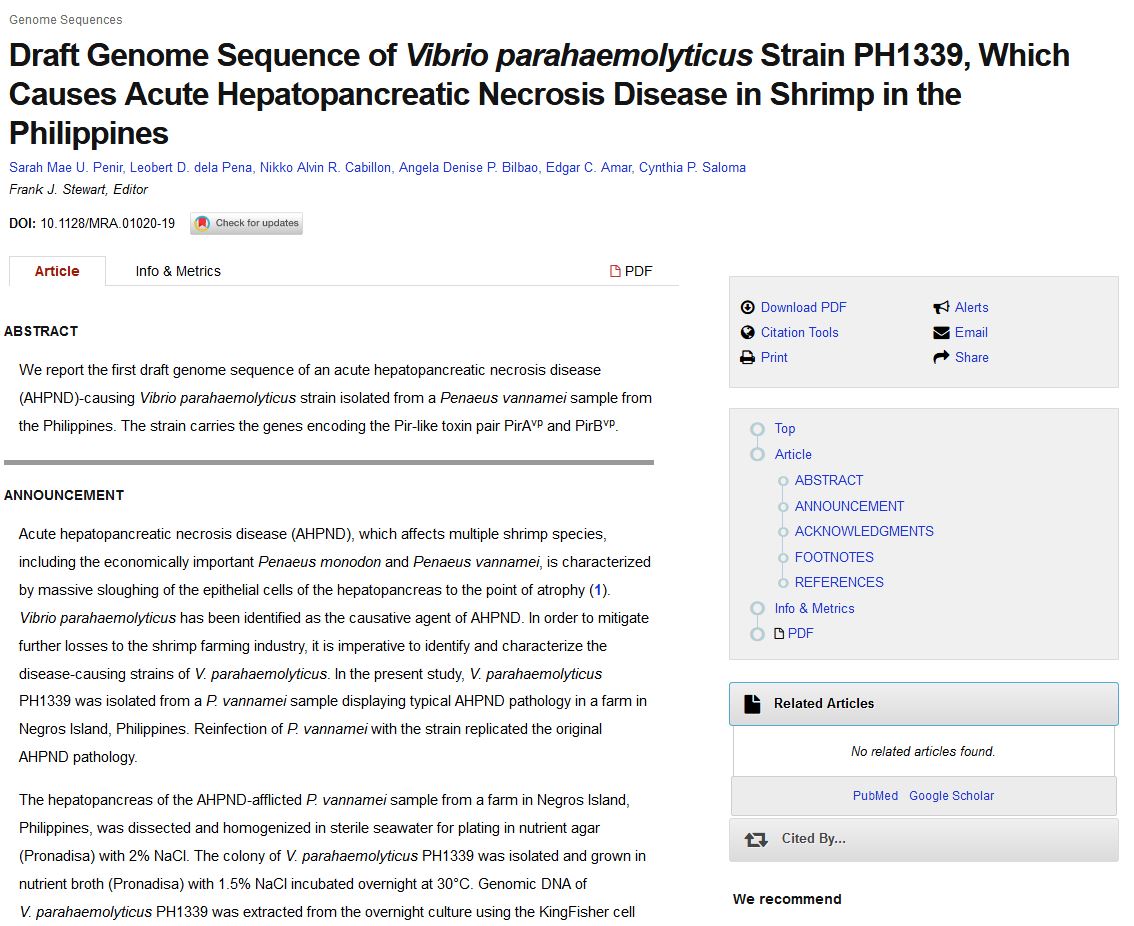Acute hepatopancreatic necrosis disease (AHPND), which affects multiple shrimp species, including the economically important Penaeus monodon and Penaeus vannamei, is characterized by massive sloughing of the epithelial cells of the hepatopancreas to the point of atrophy (1).

Plant cytogenomics in the post-genomics era
The release of the first human reference genome in 2003 marked the beginning of the post-genomics era when genetics progressed beyond gene-centered analyses to a myriad of omics approaches. Genome sequencing technologies have advanced dramatically from Sanger, second/next-generation, to third-generation sequencing platforms. Also, genome assembly methods and tools have evolved contemporaneously, resulting in a dramatic drop in genome assembly cost. Consequently, more than 360 plant species’ genomes have been assembled ever since the first plant genome, Arabidopsis thaliana, was published in 2000.

“Oh, my Genes”: Lessons from Plant Genetics and Genomics for Trait Improvement
In recent years, genetics and genomics has played an important role in facilitating the genetic improvement of plants. Different tools have been developed to examine the structure, function, and properties of genes controlling complex traits. The genetic diversity of germplasm found in existing gene banks through different breeding populations such as core collections, nested association mapping panels, mutants, recombinant inbred lines, and multiparent advance generation intercross populations in germplasm banks served as sources of desirable alleles for plant breeding.

Strategic Planning with the PGC Agriculture Team
The Strategic Planning with the PGC Agriculture team was facilitated by PGC’s newly appointed Deputy Executive Director, Dr. Raul Destura. The activity was initiated by the PGC main office in order to weave the 6-year sustainability plan of the entire PGC.

Making resistance futile
In an article from the UP MPRO, PGC Program Director for Agriculture, Livestock, Fisheries, and Forestry Dr. Ma. Anita M. Bautista is featured as a transcriptomics expert at the UP NIMBB and PGC.

Renato A. Vega, PhD
Associate Professor, Animal and Dairy Sciences Cluster
College of Agriculture, University of the Philippines Los Baños

Antonio G. Lalusin, PhD
Assistant Professor, Institute of Plant Breeding,
Crop Science Cluster, University of the Philippines Los Baños

Maria Genaleen Q. Diaz, PhD
Professor, Institute of Biological Sciences
University of the Philippines Los Baños
Maria Genaleen Q. Diaz is a Professor at the Institute of Biological Sciences, University of the Philippines Los Baños. Her field of specialization is Genetics and Molecular Biology.

Hayde F. Galvez, PhD
PhD, Molecular Genetics and Plant Breeding
Assistant Professor and Head, Genetics Laboratory
Institute of Plant Breeding-Crop Science Cluster
College of Agriculture, University of the Philippines Los Baños
Research Areas: plant molecular genetics/genomics studies for crop improvement and germplasm management application; basic S&T research studies towards the development of molecular biotechnology technologies; and crop pre-breeding employing advancements in genomics and computational biology.

Antonio C. Laurena, PhD
Research Professor
Biochemistry Laboratory/Crop Biotech Division
Institute of Plant Breeding, Crop Science Cluster
College of Agriculture, UP Los Banos

